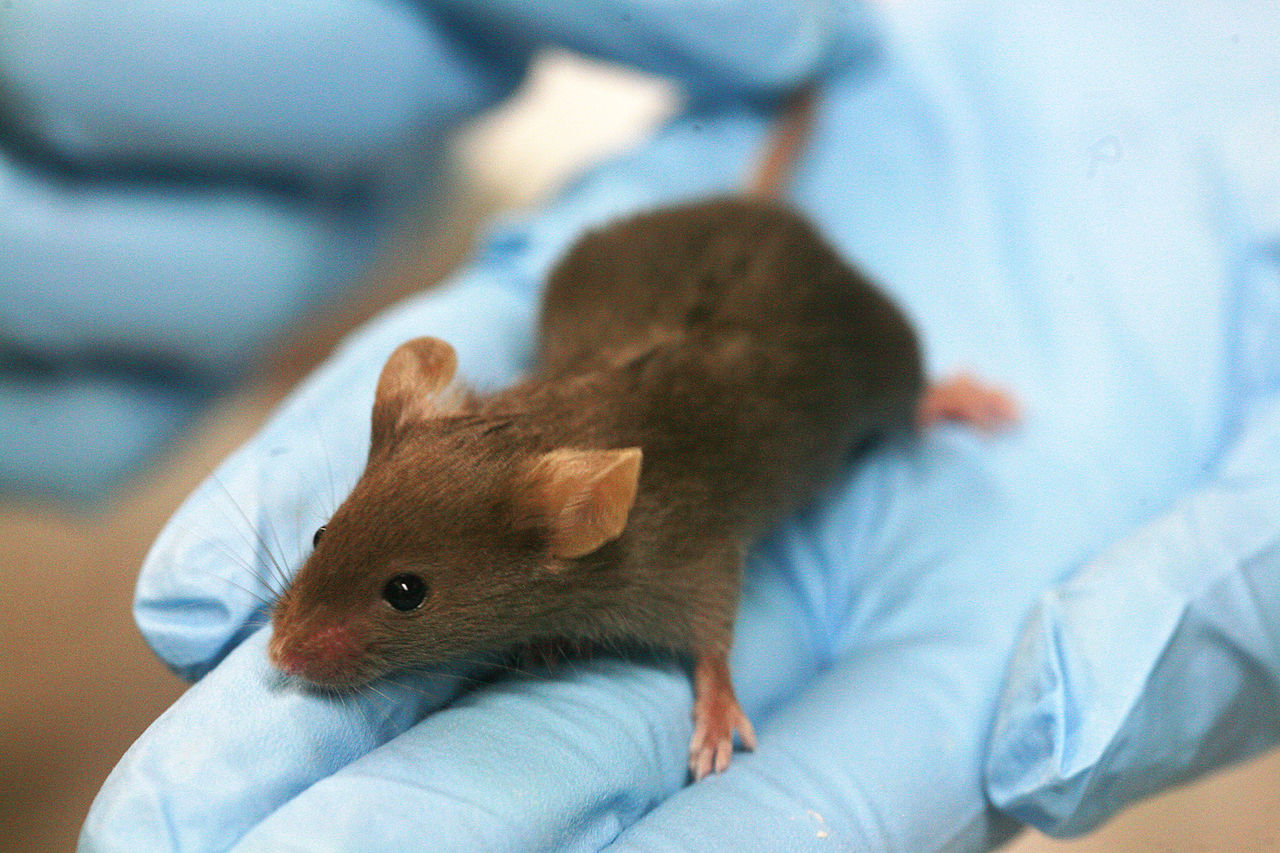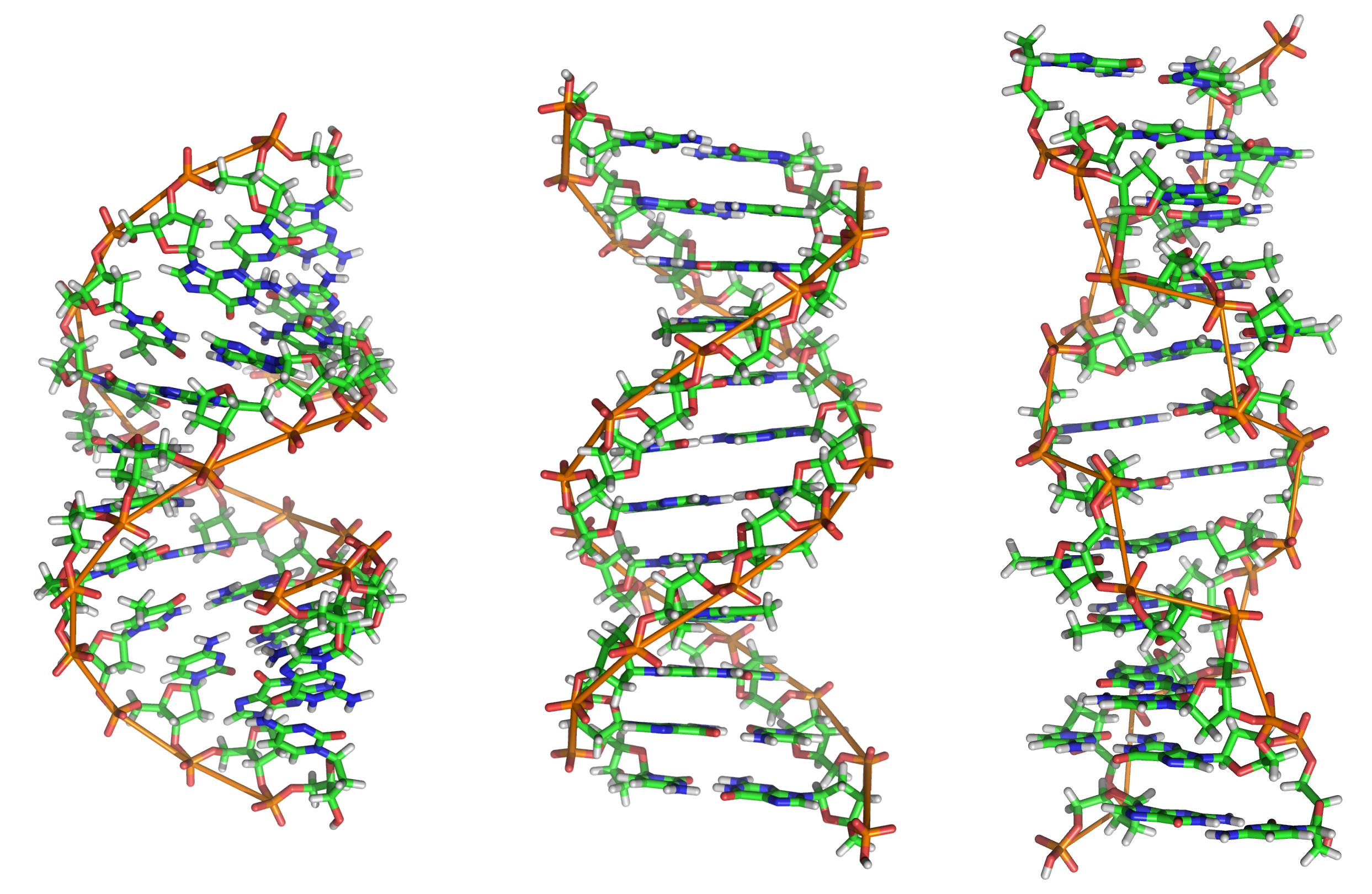If you’ve spent time reading medical research articles, you’re bound to have seen two Latin phrases that sound a bit like a magical spell: in vivo and in vitro. But what do they actually mean? These phrases aren’t just there to make experiments sound fancier; they reveal where and how the science is being done.
The translations for these are “within the living” (in vivo), which involves testing in a living organism, e.g. a mouse, and the other, “in glass” (in vitro), involves testing in the lab, such as using cells and tissues. Deciding on which one to use is determined by the type of research. Here’s why these two Latin phrases are at the core of modern biology.
In vitro: Science in a dish
In vitro experiments happen outside of a living organism – think test tubes, petri dishes, and microscopes. Here, scientists study a piece of life (cells, tissues, DNA) under highly controlled settings. For example, investigating how cannabinoids can block SARS-CoV-2 infecting cells.

In vitro test for antimicrobial resistance of bacteria.
The advantages? Precision. Researchers can isolate and study a specific process in detail without the messy chaos of a whole living body. Variables can be adjusted one at a time without other systems interfering. This type of science is usually cheaper, faster, and does not trouble the ethical side of things, since it doesn’t risk hurting a living being.
The limitations? Life in a dish isn’t the same as real life. Cells in isolation don’t always behave as they would in real tissues or systems. A drug may look promising from computer simulations and experiments in a petri dish; however, once inside a complex being with a working immune system, blood flow, metabolism, etc., things can get complicated and result in unpredictable outcomes and side effects. A testing sample might work perfectly in vitro, but not once placed inside a body. So, the perfect cure from in vitro studies has often shown disappointing results once tested beyond the dish.
In vivo: Science in living systems
In vivo describes an experiment that takes place inside a living organism. This might be an animal, an insect, or sometimes a human during clinical trials. For example, testing out a new therapy on mice before human trials.

Cute little lab mouse.
The advantages? By working in vivo, researchers can monitor whole-body effects and track unexpected side effects for a clearer idea of how the substrate in the experiment might actually work in real life. This is basically the closest science can get to real life.
The disadvantages? In vivo studies are time-consuming, expensive, and have issues with ethics. Compared to experiments in a test tube, it is harder to control variables as each test subject is unique, and results can differ across species. Additionally, in animal testing, there is still a large debate about the insights justifying the suffering (and animals are also adorable).
Ethical considerations
As previously mentioned, in vivo studies involve living creatures, which raises huge controversies over animal testing. Supporters argue that these studies are necessary to prevent human harm as the science gets tested further down the line, while critics push for alternatives.
That’s where the Three Rs policy for scientific and ethical framework comes in: Replacement (find alternatives to animal testing), Reduction (use as few animals as possible), and Refinement (minimize the suffering of the animals in testing). This policy was formulated to improve the welfare of animals in scientific research. That’s science with a conscience.
So which one is better?
It’s not a competition – science needs both in vivo and in vitro. The experiments are complementary in research. In vitro gives us a way to quickly test ideas. In vivo shows us whether those ideas work in the reality of living systems. Most major breakthroughs, including vaccines, antibiotics, and cancer therapies, rely on dancing between both methods to create the final solution.
Typically, drug development happens in five stages. Firstly, it kicks off with pre-discovery, where scientists study the biology of the disease to find potential targets. Second, scientists hunt for molecules that might interact with the target. Both of these stages can be done using computer simulations, which will be mentioned in the next section!
Stage three is where the in vitro and in vivo dance happens, where the hopeful candidates get tested in cells and animals to test for things like efficacy and toxicity. In stage four, clinical trials happen in vivo in humans for careful safety and effectiveness checks. Lastly, stage five is where the regulators decide if the drug is ready to roll out into the real world or get sent back for further refinement in the labs.
Introducing in silico
Whilst you’re learning about two Latin words, let’s sneak in a third: In silico. This term refers to research using computational simulations. In silico is often used before in vitro studies to help develop models for testing by processing large databases and analysis tools. Scientists increasingly combine all three: test first in silico, then move to in vitro, and finally confirm in vivo.

Computational diagram of DNA.
Conclusion: Latin, simplified
In vitro = experiments outside the body, in a dish or tube.
In vivo = experiments inside living things.
Both are essential, both have limitations, and both represent different pieces of the puzzle that is scientific research. So next time you hear a scientist casually drop some Latin, remember, it’s not just fancy words, it’s centuries of trial, error, and ethics fit into two short phrases.
All “explainer” articles are confirmed by fact checkers to be correct at time of publishing. Text, images, and links may be edited, removed, or added to at a later date to keep information current.
Source Link: In Vivo Vs In Vitro: What Do They Actually Mean?